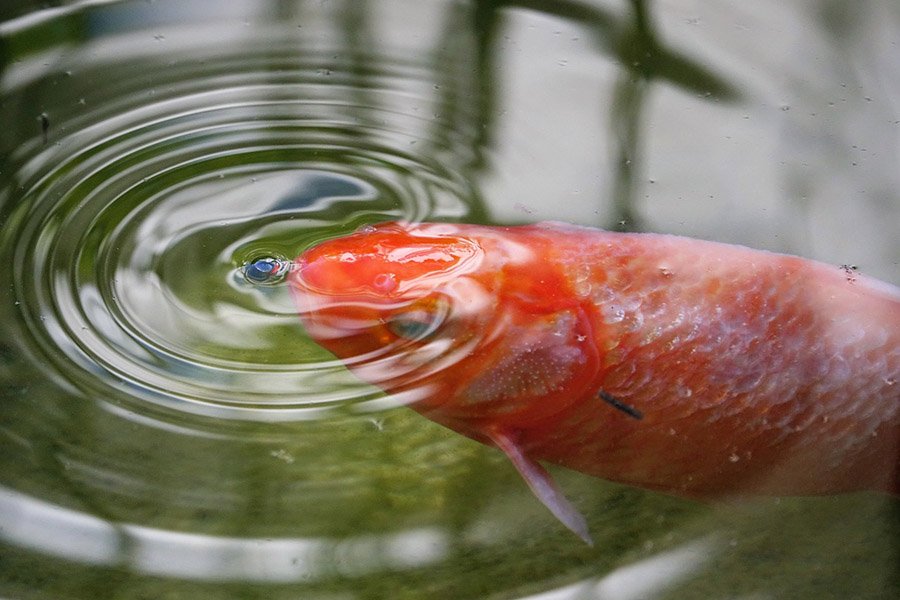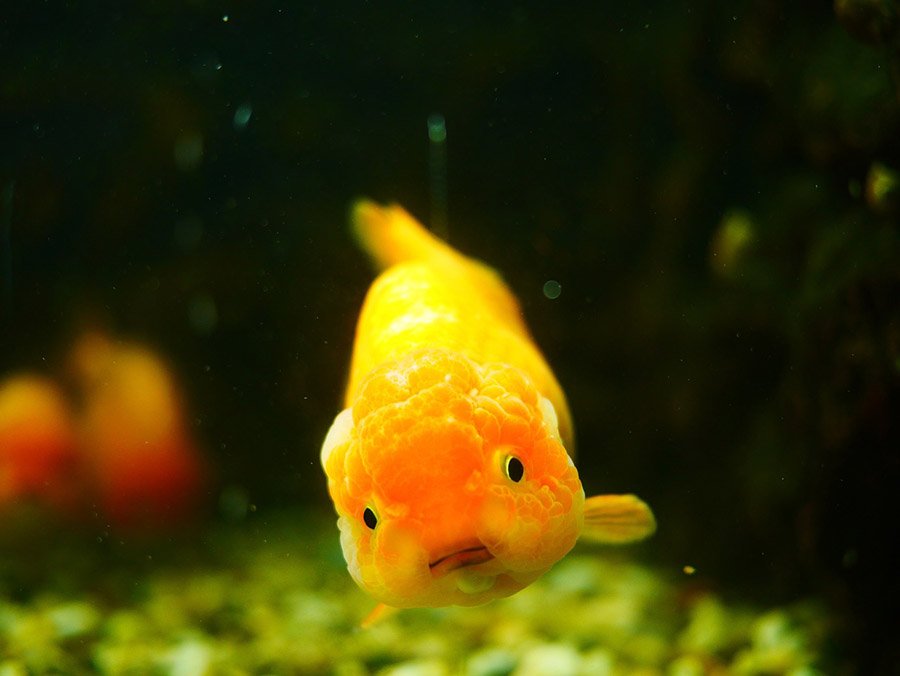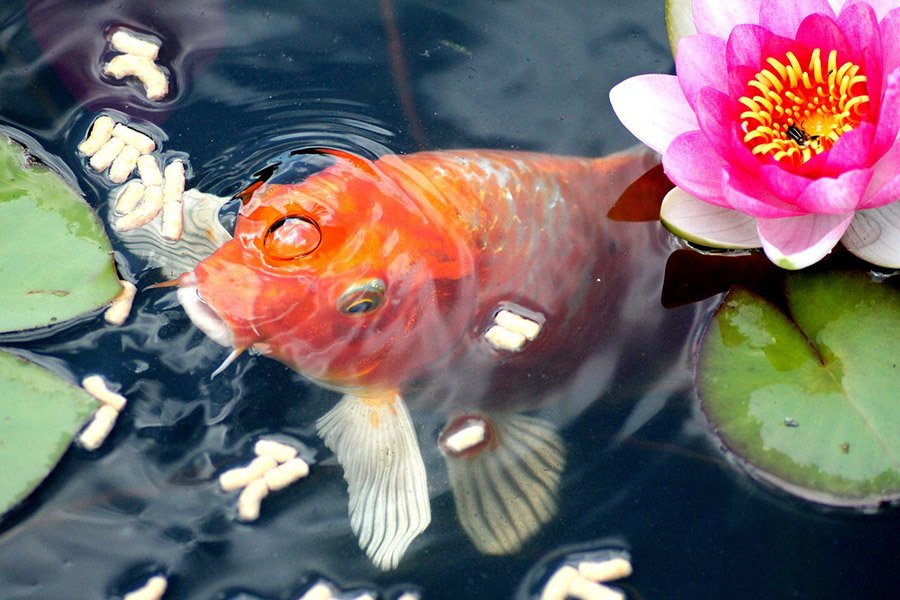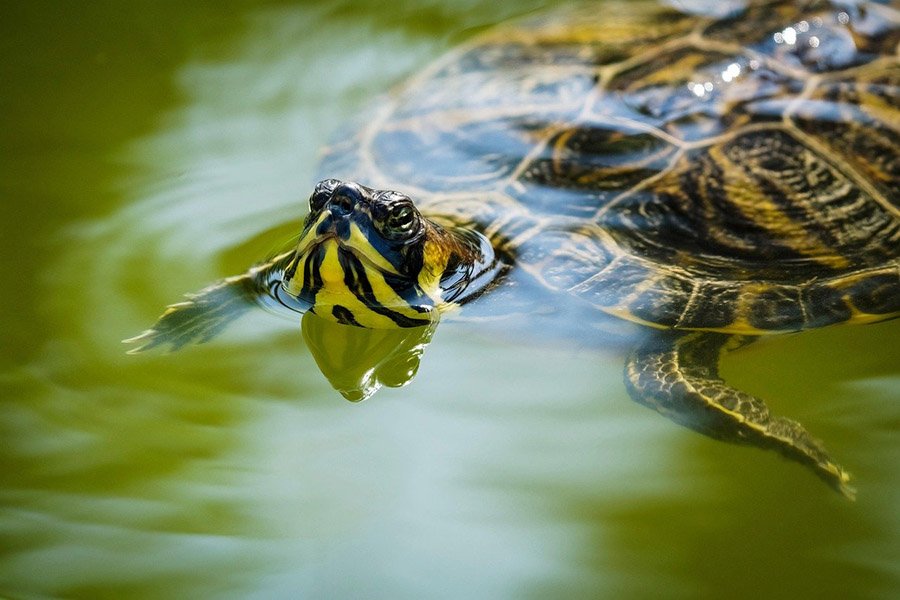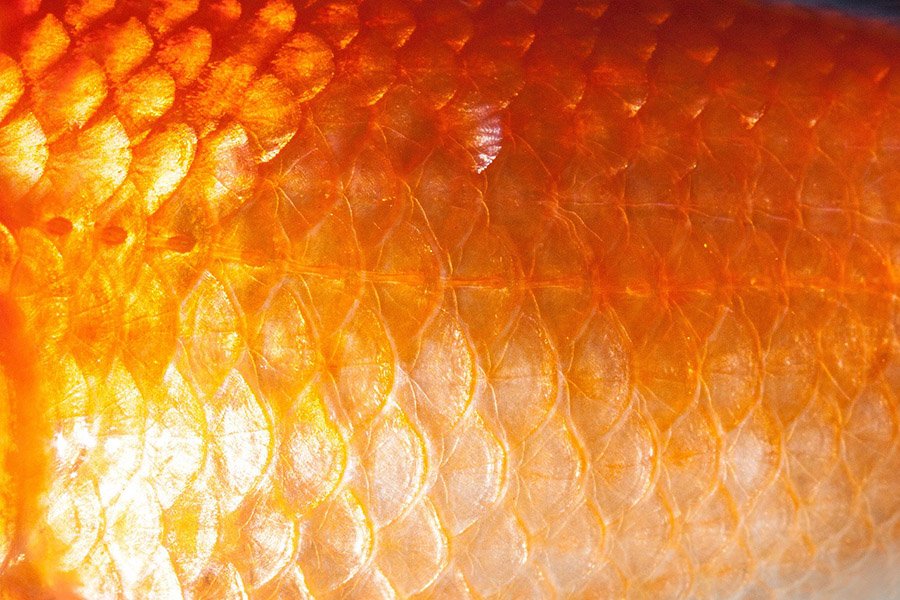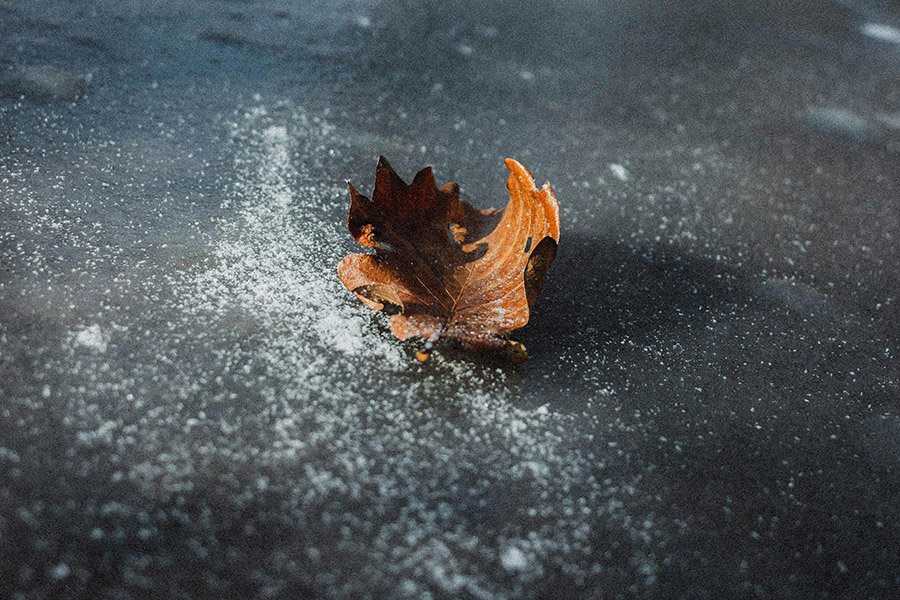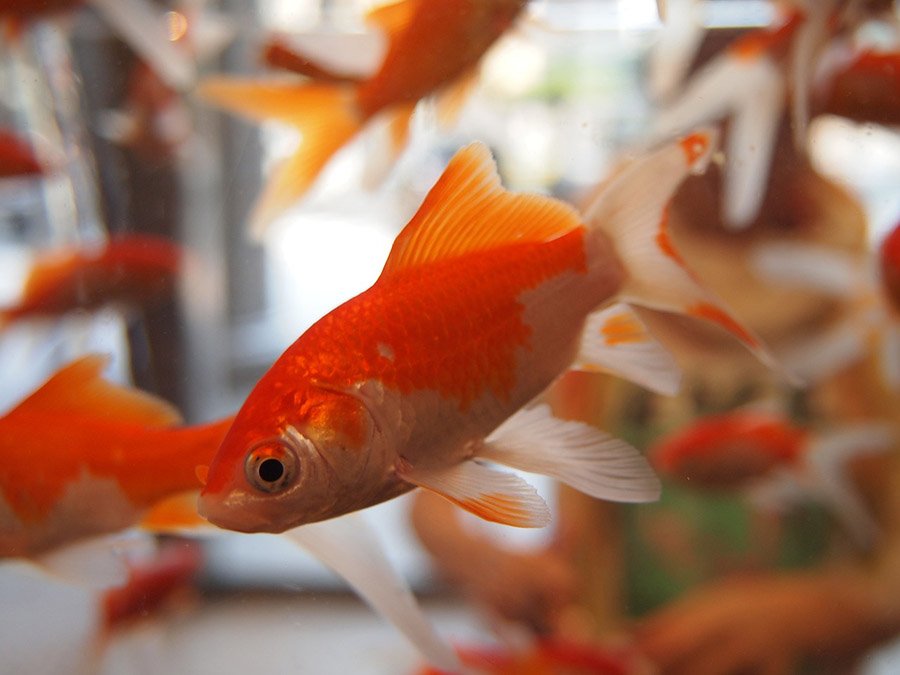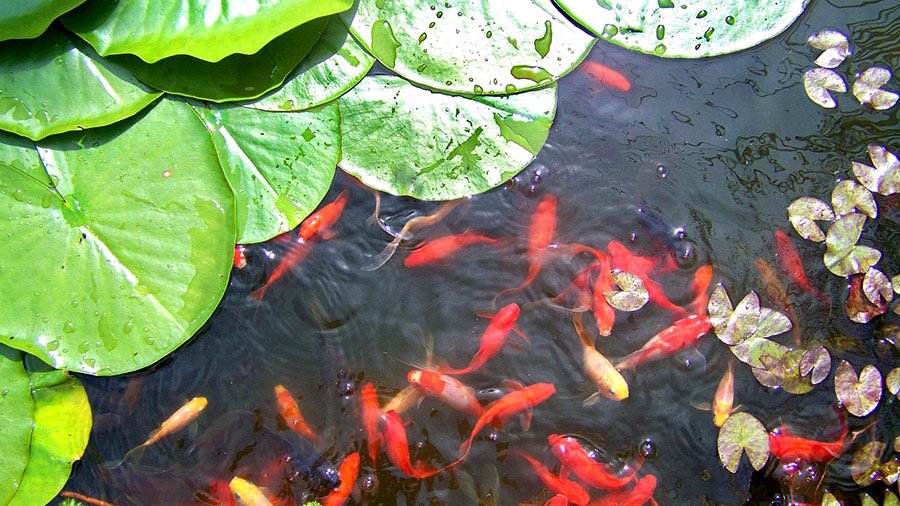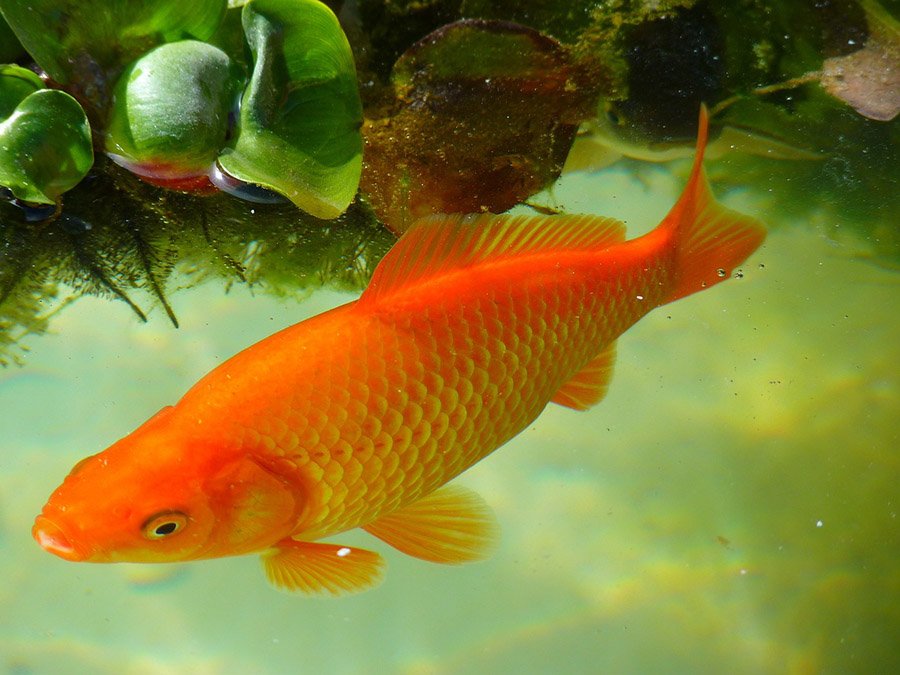Goldfish are one of the most popular pets for both novice and experienced aquarists. Their vibrant colors and relatively easy care requirements make them a favorite in home aquariums. However, many goldfish owners find themselves asking a perplexing question: Can goldfish drown?
Understanding the aquatic oxygen needs of goldfish and how these needs are met within an aquarium environment is crucial for ensuring their health and longevity. This article delves into the intricacies of goldfish respiration, the importance of water quality, and practical steps to prevent oxygen deprivation.
Can Goldfish Drown? Understanding the Basics
Goldfish, like all fish, require oxygen to survive. While the concept of “drowning” typically pertains to air-breathing animals submerged in water, fish can similarly experience a lack of oxygen, leading to suffocation. For goldfish, this is not about water filling their lungs but rather about the water they live in not providing enough dissolved oxygen.
Inadequate oxygen levels in their aquatic environment can lead to severe health issues and even death. The term “drowning” might seem a misnomer, but it effectively describes the critical condition where goldfish cannot extract the necessary oxygen from water. This often results from poor tank maintenance, overcrowding, or inadequate aeration.
Thus, ensuring that goldfish have a consistent supply of oxygenated water is paramount. Understanding how goldfish breathe, the role of gills in oxygen extraction, and the impact of water quality are fundamental to preventing this form of “drowning.”
Goldfish Physiology: How They Breathe Underwater
Goldfish, like other fish, have a specialized respiratory system that allows them to extract oxygen from water. Unlike mammals, which utilize lungs, goldfish rely on gills to facilitate this process. Their gills are highly efficient at absorbing dissolved oxygen directly from the water.
When a goldfish breathes, water enters through its mouth and passes over the gill membranes. These membranes have a large surface area, rich in blood vessels, allowing for efficient gas exchange. Oxygen moves from the water into the bloodstream, while carbon dioxide, a waste product, is expelled back into the water.
This unique adaptation allows goldfish to thrive in aquatic environments, as long as the water maintains sufficient oxygen levels. However, any compromise in water quality or oxygen concentration can hinder this critical physiological process, leading to respiratory distress.
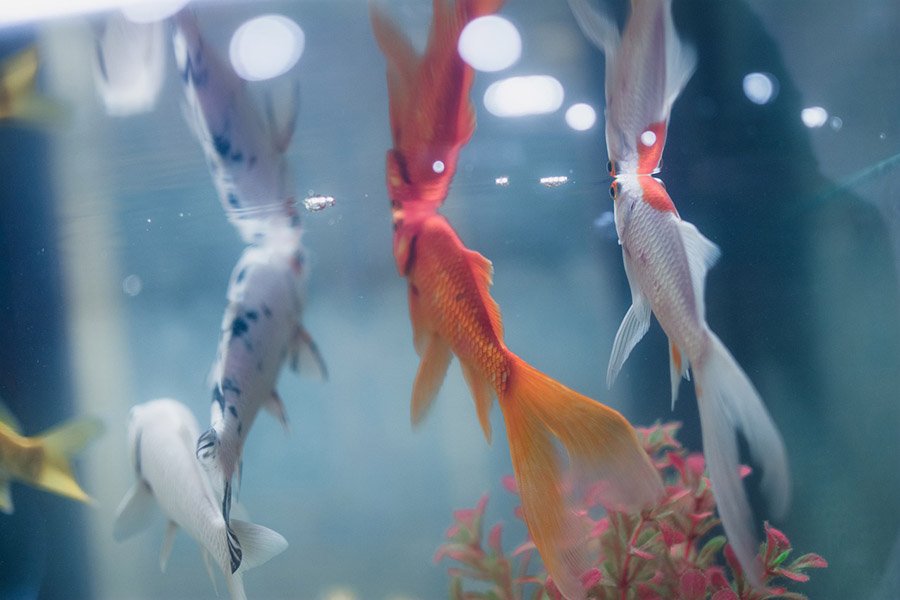
The Role of Gills: Oxygen Extraction in Goldfish
Gills are the primary respiratory organs in goldfish, designed to maximize oxygen extraction from water. Each gill is made up of filaments and lamellae, which increase the surface area for gas exchange. Blood flows through these structures, picking up oxygen and releasing carbon dioxide.
The efficiency of gills is such that even in low-oxygen environments, goldfish can often extract enough oxygen to survive. However, there are limits to this adaptability. Poor water conditions, high temperatures, or overcrowding can reduce the amount of available oxygen, stressing the gill function.
Maintaining optimal water conditions is key to supporting gill health and function. Regular cleaning, proper filtration, and monitoring of water parameters ensure that goldfish can continue to breathe easily and stay healthy within their aquatic habitat.
Water Quality: Its Impact on Goldfish Breathing
Water quality is a critical factor in determining the health and well-being of goldfish. Poor water conditions can lead to reduced oxygen levels, making it difficult for goldfish to breathe. Factors such as ammonia, nitrite, and nitrate levels, pH balance, and temperature all influence water quality.
High levels of ammonia and nitrites are particularly harmful, as they can damage gill tissues, reducing their efficiency in oxygen extraction. Regular water testing and maintenance routines help ensure these compounds remain at safe levels. Additionally, maintaining a stable pH and appropriate temperature range supports optimal respiratory function.
Water plants and proper aeration also play a significant role in maintaining oxygen levels. Plants contribute to oxygenation through photosynthesis, while aeration ensures continuous movement and mixing of water, preventing stagnant conditions that can deplete oxygen.
Signs of Oxygen Deprivation in Goldfish
Recognizing the signs of oxygen deprivation in goldfish is essential for timely intervention. One of the most common indicators is gasping at the water surface. When oxygen levels drop, goldfish may try to obtain more oxygen by breathing directly at the surface where air and water meet.
Other signs include lethargy, reduced appetite, and erratic swimming behavior. Goldfish may also exhibit rapid gill movement as they struggle to extract sufficient oxygen. Pale or discolored gills can also indicate respiratory stress, as inadequate oxygen levels impact overall gill health.
Early detection and corrective measures are crucial to prevent long-term harm or fatality. Regular observation of your goldfish’s behavior and appearance can help identify oxygen-related issues before they become severe.
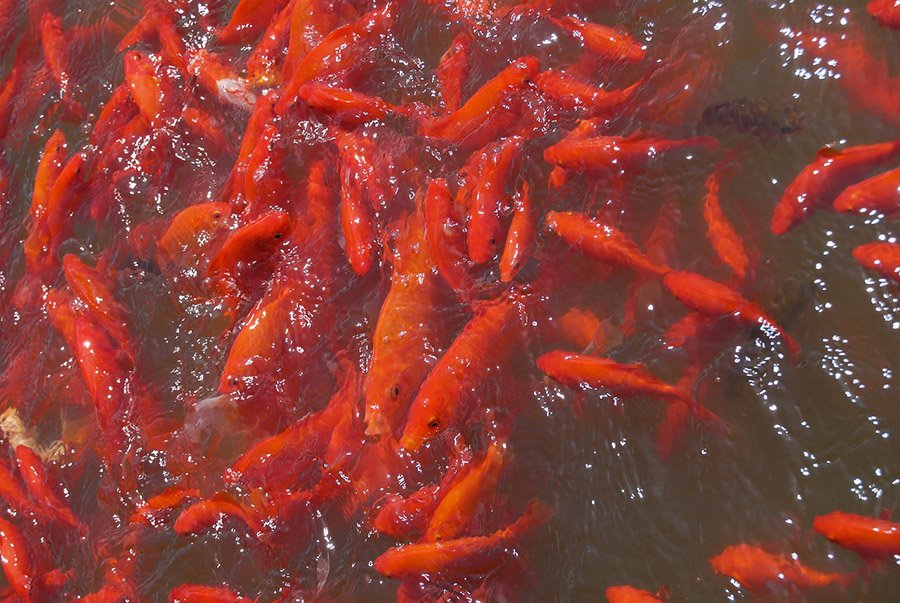
Common Causes of Low Oxygen Levels in Aquariums
Several factors can contribute to low oxygen levels in aquariums, posing a risk to goldfish. Overcrowding is a common issue, where too many fish in a confined space deplete oxygen faster than it can be replenished. Maintaining an appropriate fish-to-water ratio is crucial.
Inadequate filtration and aeration can also lead to oxygen depletion. Filters not only clean the water but also promote circulation, helping to oxygenate the tank. Aeration devices, such as air stones or bubble wands, increase water movement and surface agitation, enhancing oxygen exchange.
Additionally, high water temperatures can reduce the solubility of oxygen in water. As temperatures rise, oxygen levels drop, making it harder for goldfish to breathe. Monitoring and regulating tank temperature is essential, especially during warmer months.
Preventing Oxygen Depletion in Goldfish Tanks
Preventing oxygen depletion begins with proper tank management. Regular water changes and cleaning help maintain water quality, removing waste products that can consume oxygen. Ensuring the tank is not overcrowded and providing adequate space for each fish improves overall oxygen availability.
Investing in a good filtration system is vital. Filters not only clean the water but also facilitate oxygen exchange by promoting water circulation. Combine this with aeration devices like air stones or bubble wands to ensure continuous movement and oxygenation of the water.
Plants can also aid in oxygenation through photosynthesis. Live aquatic plants absorb carbon dioxide and release oxygen during daylight hours, contributing to higher oxygen levels. However, it’s important to balance plant density to avoid excessive oxygen consumption at night when plants respire.
The Relationship Between Tank Size and Oxygen Levels
Tank size plays a significant role in oxygen availability. Larger tanks generally offer better oxygenation due to a greater surface area for gas exchange. A small tank with many fish can quickly become oxygen-depleted, while a spacious tank supports a healthier environment.
When considering tank size, factor in the adult size of goldfish. Goldfish can grow quite large, and an appropriately sized tank ensures they have enough room to move and access sufficient oxygen. A common rule of thumb is to provide at least 20 gallons of water for each goldfish.
Surface area is equally important. Tanks with a larger surface area relative to their volume allow for more effective gas exchange. Opting for a tank with a wider footprint rather than a taller design can enhance oxygen levels and support goldfish health.
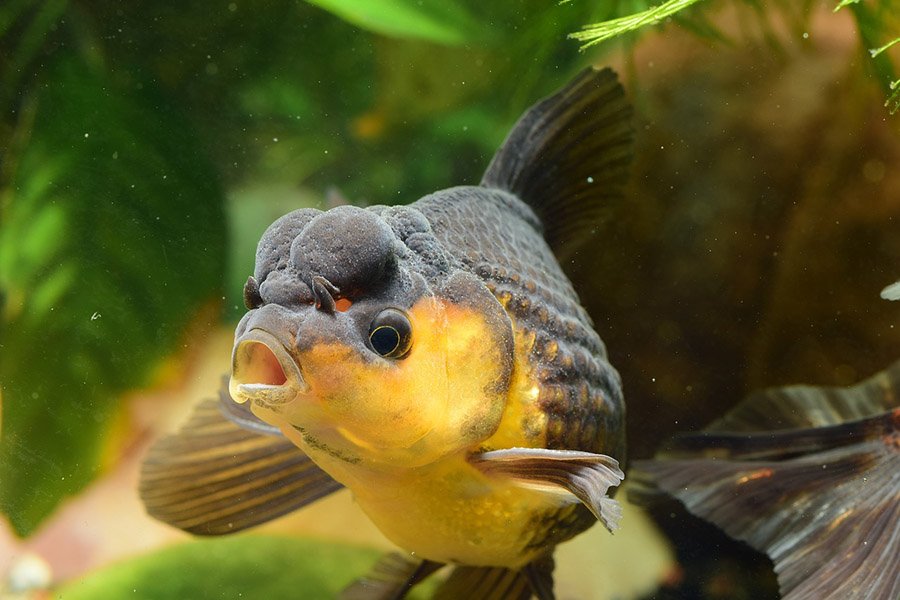
Aeration Techniques: Keeping Your Goldfish Healthy
Effective aeration is crucial for maintaining optimal oxygen levels in a goldfish tank. Air stones and bubble wands are popular aeration devices that create bubbles, promoting water movement and oxygen exchange at the surface. These devices are inexpensive and easy to install.
Another technique is using a surface skimmer, which removes debris and creates surface agitation, enhancing oxygen exchange. Powerheads can also be employed to increase water circulation, preventing stagnant areas where oxygen levels might drop.
For larger tanks, consider investing in a more robust aeration system, such as a pond pump or an external aerator. These systems provide high levels of oxygenation, ensuring that even densely populated tanks remain well-oxygenated.
When to Seek Veterinary Help for Your Goldfish
If your goldfish exhibit signs of severe oxygen deprivation despite taking corrective measures, it’s crucial to seek veterinary assistance. Persistent gasping at the surface, lethargy, and discolored gills are red flags that require professional evaluation. A veterinarian can diagnose underlying issues and recommend appropriate treatments.
In some cases, oxygen deprivation might be due to underlying health conditions such as gill disease or infections. A veterinarian experienced in fish care can provide specific treatments, including medications or specialized care instructions, to address these issues.
Early intervention is key to preventing long-term damage or fatality. Regular health check-ups and consultations with a fish veterinarian can help you stay ahead of potential problems and ensure your goldfish remain healthy and vibrant.
Understanding the oxygen needs of goldfish and the factors that influence their respiration is pivotal in providing a healthy aquatic environment. By maintaining optimal water quality, ensuring proper tank size, and employing effective aeration techniques, goldfish owners can prevent oxygen depletion and promote the well-being of their aquatic pets. Regular observation and timely veterinary intervention further safeguard against respiratory issues, ensuring that goldfish thrive in their home aquariums.

